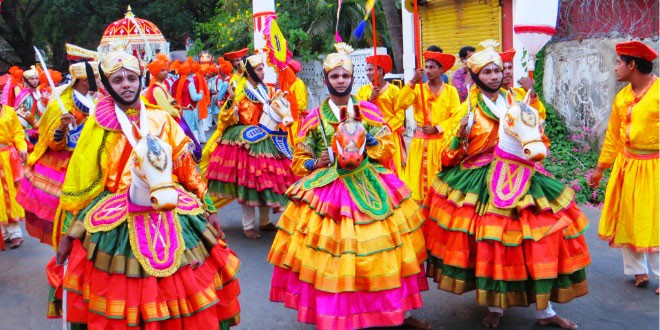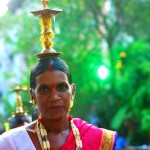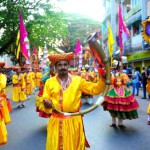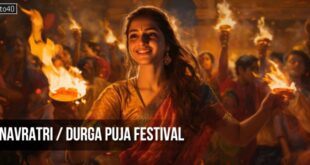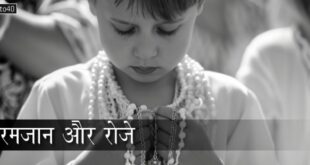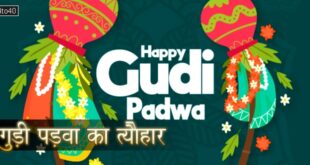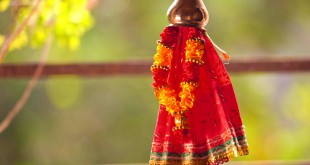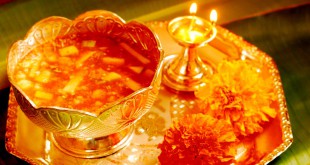Shigmo or Shishirotsava, is a spring festival celebrated in the Indian state of Goa, where it is one of the major festivals of the Hindu community. It is also celebrated by Konkani diaspora and Indian festival of Holi is part of it.
One day in Panjim, Goa. A child wearing a fake moustache and a dhoti tied clumsily. A woman with flowers in her hair and brass lamp on her head. A hulk in purple brandishing an aluminium foil sword. A dancer doddering with the burden of a pumpkin. Two goats munching fresh leaves. A drum so big one could play hide and seek within it. Men raising war cries out of wooden horses. Youngsters pirouetting and little girls matching the dance steps of their mothers. The beat of drums. The ding of the dance bells. Organisers in orange turbans sweating around. Thirtyfive elaborate floats. One lakh participants. Thousands of curious onlookers leaning precariously on cane barricades, the swish sitting on chairs in the VIP enclosure.
At the annual Shigmo Festival parade, the streets of Panjim were cluttered with street performers and tableaux. The bustling city had turned the clock back and metamorphosed into a folklore pageant. As if an old sepia-toned book on Goan Hindu folklore and traditions was fluttering on the pedestrian-only streets of Goa. A book that tells a different story of a land that is hemmed with the blue of the sea where, for centuries, old-world traditions and culture have existed on the silken sand and in the verdant green of the cashew farms and paddy fields.
Borrowing from the Prakrit word Suggimaho and Sanskrit Sugrishmaka, and also known as Shishirotsava, Shigmo is a Konkani Hindu festival that celebrates the end of winter and the beginning of spring. Held in the month of phalgun, Shigmo is a fortnight-long festival that includes Holi and parades showcasing traditional music and dance as well as elaborately built tableaux that depict scenes from Hindu mythology and legends. There are two different ways of celebrating Shigmo: Dhakto Shigmo (small Shigmo) and Vhadio Shigmo (big Shigmo). Dhakto begins five days before the phalgun full-moon day and ends on the full-moon day in the Old Conquests area of Goa. Interestingly, Vhadio Shigmo, a five-day celebration begins on the full-moon day in the New Conquests areas of Goa.
As the evening grew darker and the beats of the dhol and taso hit a crescendo, one could not distinguish between a naman and a jot (two different kinds of songs), nor the steps of various dances like talgadi, hanpet, ghopa and lamp dance. Instead, one was mulling on the old belief that on the last day of the festival a spirit called the Gade Padap takes over the dancers. Amid a festive Shigmo crowd, one could see no smoky apparition of the Gade Padap. All one could see around was the joyous spirit of spring, the coming alive of old traditions and the inescapable truth that there’s more to Goa than the sea and sand. Here, one can soak in the traditions and get culture-tanned.
 Kids Portal For Parents India Kids Network
Kids Portal For Parents India Kids Network
